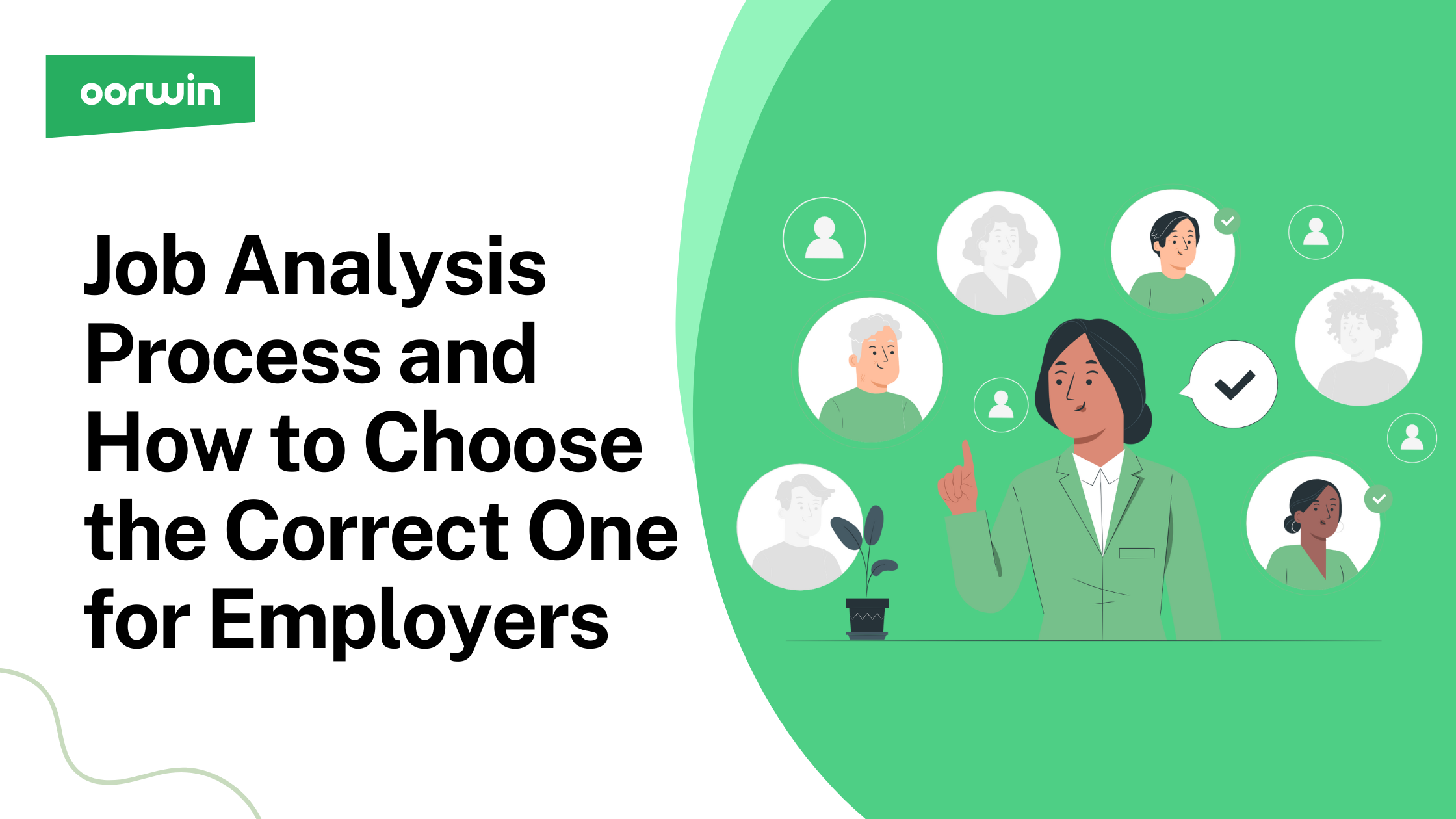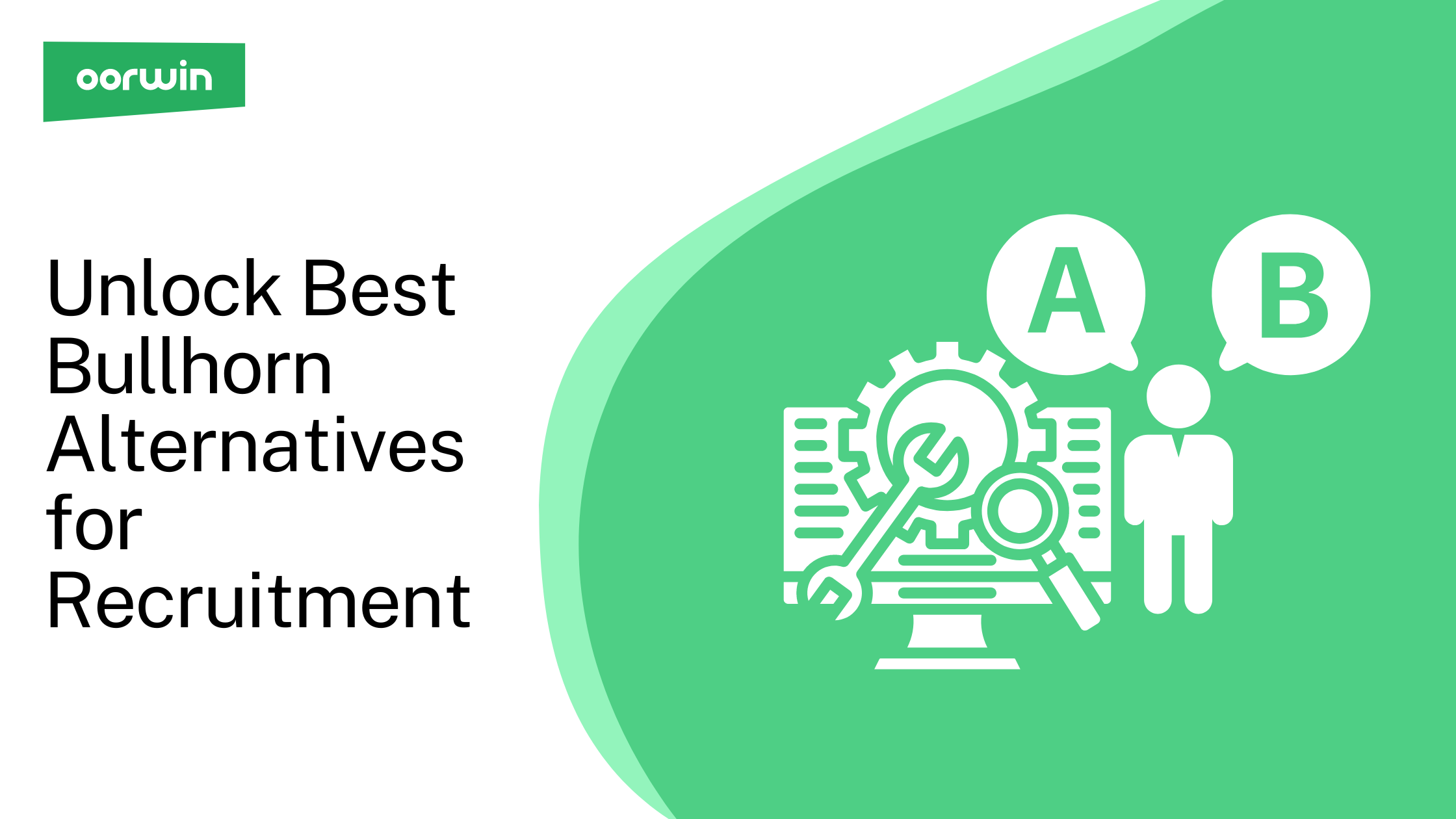Understanding the Job Analysis Process for Effective HR Management
Job analysis is a key step in HR management, aimed at understanding the specifics of a role. It involves dissecting a job’s responsibilities, requirements, and the skills needed to perform it effectively. This process helps in creating accurate job descriptions, which are crucial for attracting the right candidates. It also aids in developing training programs, performance evaluations, and career development plans, ensuring that employees are well-equipped to meet their job demands and grow within the organization.
What is Job Analysis?
Job analysis is a method used by organizations to identify the requirements of a job, the work environment, and the specific tasks to be performed. It’s a critical process that helps effectively manage human resources.
For instance, let’s consider an HR professional analyzing a marketing manager’s role. They’d deeply assess the job, pinpointing key skills like creativity and leadership. Tasks would be outlined, such as crafting strategies and leading campaigns. Responsibilities, like hitting sales targets and team management, are also identified.
This analysis helps the organization understand the job’s demands. It’s crucial for recruiting the right person, setting clear performance standards, and fair pay. It also guides training needs. This clear understanding between employer and employee enhances job satisfaction and overall efficiency.
Types of Job Analysis Data
In job analysis, data is pivotal for understanding each role’s nuances. This includes:
- Task Data: This includes information about specific tasks and the necessary skills to perform them.
- Behavioral Data: This involves the behaviors necessary to perform certain tasks.
- Performance Standards: These are the standards against which an employee’s performance is evaluated.
- Personal Qualities Data: This type of data focuses on the unique attributes required for the job, such as personality traits, interests, or values. For example, a customer service role might require someone patient, empathetic, and enjoys helping others.
- Physical Activity Data: This data relates to the physical activities involved in a job. For example, a warehouse job might include lifting heavy items, standing for long periods, or operating machinery.
- Environmental Conditions Data: This involves the job’s working conditions and physical environment. For example, a marine biologist’s job might involve working outdoors, in various weather conditions, and sometimes underwater.
- Sensory Demands Data: This data refers to the sensory demands of the job, such as visual or auditory acuity. For example, a graphic designer’s job would require excellent visual acuity and attention to detail.
- Mental Demands Data: This data refers to the cognitive and emotional demands of the job. For example, a therapist’s job would require excellent listening skills, emotional intelligence, and the ability to think critically and solve problems.
- Knowledge and Skills Data: This data refers to the knowledge and skills required for the job. For example, a software developer’s job would require knowledge of coding languages and problem-solving skills.
Benefits of Job Analysis
Job analysis aims to establish and document employment procedures’ ‘job relatedness’. It is a process that allows businesses to review their employees’ job descriptions and ensure they align with both the company’s requirements and the current market conditions. Its primary goals include:
Crafting Effective Job Description
The job description is a detailed account of the job’s specific tasks, duties, and responsibilities. It also includes the necessary skills, education, and experience a candidate must possess to perform the job effectively. Job analysis helps organizations clearly define the roles and responsibilities of employees, ensuring everyone understands their tasks.
Job Evaluation
Job evaluation is a systematic way of determining the value of a job in relation to other jobs in an organization. It helps to ensure that a fair, equitable, and competitive salary structure is in place.
Job Design
Job design involves structuring work tasks and roles to improve the organization’s performance and productivity. Defining how work will be carried out and outlining the tasks needed for a particular job is a systematic process that involves taking one step at a time.
Personnel Requirements
Personnel requirements are the specific skills, knowledge, and abilities required for a job. These are determined through the job analysis process.
Performance Appraisal
Performance appraisal evaluates an employee’s job performance and productivity in terms of certain pre-established criteria and organizational objectives.
Market Adaptation
Job analysis allows businesses to adapt to changing market conditions by continuously evaluating job roles. By regularly assessing the skills and competencies required for various positions, organizations can swiftly respond to industry shifts, ensuring that their workforce remains aligned with market demands and emerging trends.
Legal Requirements
Legal requirements in job analysis refer to complying with laws related to job descriptions, hiring practices, and compensation. This can include laws on equal employment opportunity, pay equity, etc.
Step-by-Step Guide to the Job Analysis Process
The job analysis process involves several essential steps. Let’s take a closer look at each of them:
1. Job Analysis Purpose
The first step in the job analysis process is to define the purpose and scope of the analysis. Identify the job positions that need analysis and determine the objectives you want to achieve through this process.
2. Job Analysis Method
Select an appropriate job analysis method for for your company. Standard methods include interviews, questionnaires, observation, and gathering data from existing documents and records.
3. Gathering Data
Collect relevant data from incumbents (current employees holding the job), supervisors, and subject matter experts. The data can include job duties, responsibilities, required skills, knowledge, and work environment information.
4. Analysis
To effectively fill the job position, it’s essential to analyze the data that has been gathered. Look for common patterns in the candidate’s qualifications and experience. Identify the essential functions of the position and the critical qualifications needed to succeed in it. Once you have a clear understanding of these factors, you’ll be better equipped to find the ideal candidate for the job.
5. Impact
Job analysis findings can impact HR processes such as recruitment, training, compensation, and performance evaluations. It clarifies the necessary skills, areas needing improvement, fair pay, and expectations for each role.
Overcoming Challenges in Job Analysis: Strategies and Solutions
The job analysis process is a critical HR function, but it comes with its own set of challenges. Understanding these challenges and implementing effective strategies can significantly enhance the job analysis process.
Challenge 1: Inaccurate or Incomplete Data Collection
Solution: Implement a multi-method approach combining interviews, surveys, and direct observations. Encourage honest and comprehensive feedback from employees and supervisors. Utilize technology like job analysis software to gather and analyze data more efficiently.
Challenge 2: Keeping Analysis Updated with Changing Roles
Solution: Regularly review and update job descriptions and specifications. Establish a periodic review process, for instance, annually or bi-annually, to ensure that the job analysis reflects current requirements.
Challenge 3: Bias in Job Analysis
Solution: Train those conducting the analysis to recognize and avoid biases. Use standardized forms and procedures to ensure consistency. Involving a diverse group of people in the analysis process can also help mitigate biases.
Challenge 4: Employee Resistance
Solution: Communicate the purpose and benefits of job analysis to employees. Involve them in the process to gain their buy-in and ensure they feel valued and understood. Address any concerns or misconceptions they may have.
Challenge 5: Balancing Detail with Manageability
Solution: While it’s important to be thorough, too much detail can make the job analysis unwieldy. Focus on key responsibilities and qualifications that are critical to the role. Use clear and concise language to avoid overcomplication.
Challenge 6: Aligning Job Analysis with Organizational Goals
Solution: Ensure that the job analysis aligns with the broader objectives and culture of the organization. Involve senior management in the process to align job roles with strategic goals.
Challenge 7: Legal Compliance
Solution: Stay informed about legal standards and requirements related to job analysis, such as equal employment opportunity and Americans with Disabilities Act (ADA) compliance. Consult with legal experts to ensure that the job analysis process and outcomes are legally compliant.
By addressing these challenges with thoughtful strategies, organizations can enhance the effectiveness of their job analysis process, leading to better HR decision-making and overall organizational efficiency.
Maximizing the Benefits of Job Analysis with Oorwin
Job analysis is a fundamental process for employers seeking the perfect fit for their positions. By understanding what job analysis is, the different types of job analysis data, its purposes, and following a systematic job analysis process, organizations can make well-informed decisions that lead to a competent and motivated workforce. Job analysis not only benefits employers but also contributes to employee satisfaction, as it ensures that job roles align with individual strengths and skills.
Try Oorwin’s AI-powered platform to streamline your job analysis and hiring processes. Experience efficient sourcing, onboarding, and talent development with technology that cuts hiring time and boosts productivity. Explore how Oorwin can elevate your HR workflow.
Frequently Asked Questions
How to perform a job analysis?
Job analysis can be performed by collecting data on job activities, necessary skills and attributes, working conditions, and human traits and abilities needed to perform the job.
What is the first step in the process of job analysis?
The first step in the job analysis process is to understand the purpose of the job analysis. This could be for the creation of job descriptions, job evaluations, or for the selection of suitable candidates.
What is a job analysis in HRM?
In Human Resource Management (HRM), job analysis is the process of identifying and determining the detailed job duties and requirements and the relative importance of these duties for a given job.
How often should job analysis be conducted?
It should be done periodically, especially when there are significant changes in a job role or organizational structure. Many organizations conduct it annually or bi-annually.
How does technology impact job analysis process?
Technology, like job analysis software, can streamline data collection and analysis, making the process more efficient and accurate.
Popular Articles..
Blog
Blog
Blog
Get the latest Oorwin releases, updates, success stories & industry news
 Back
Back


